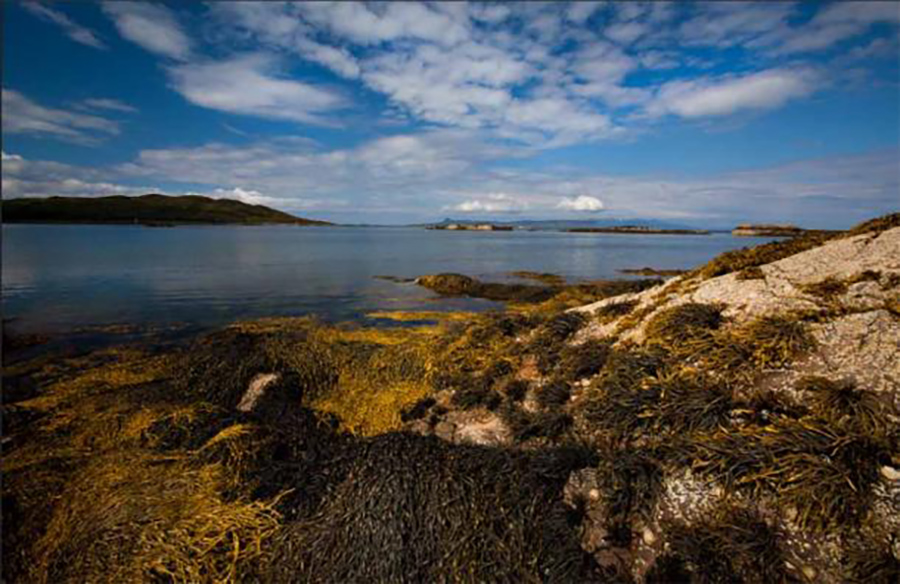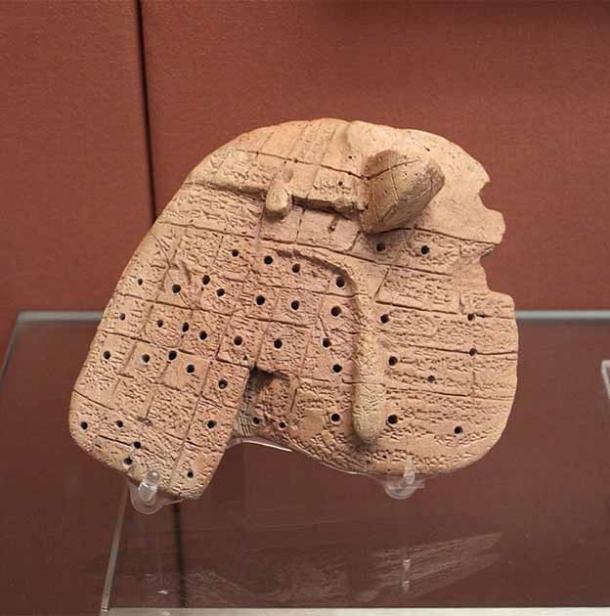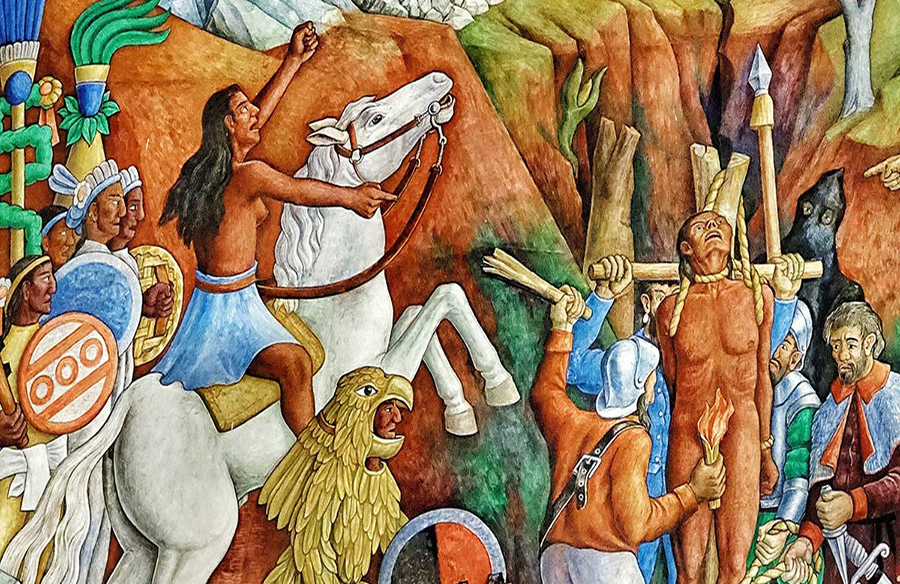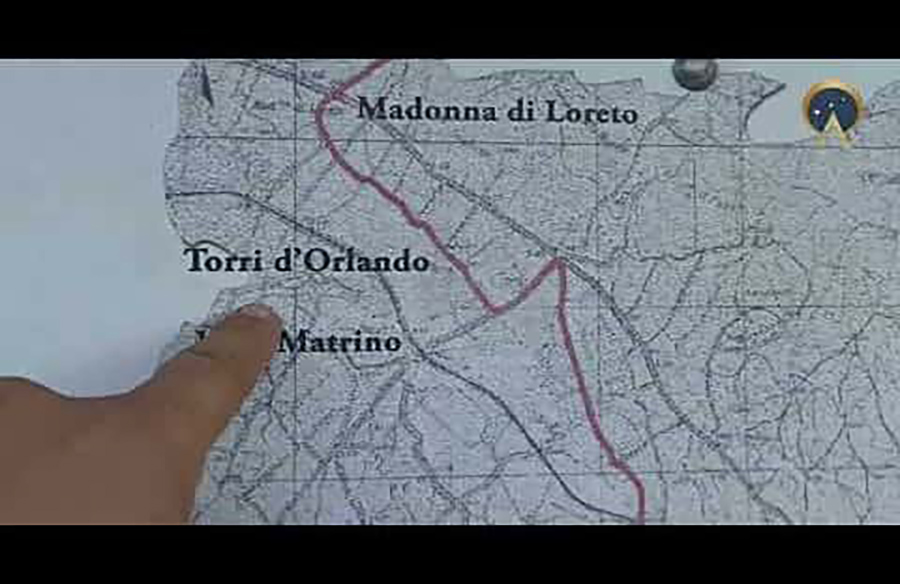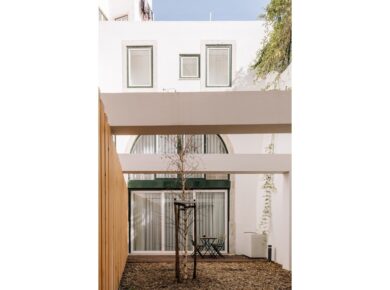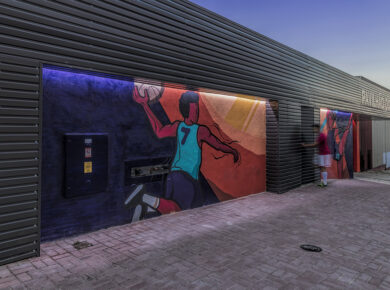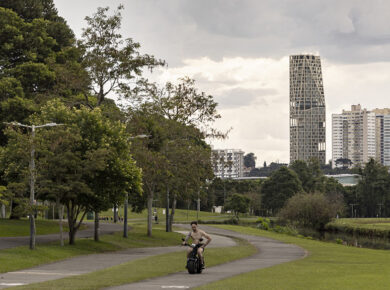Introduction
The Iron Age of highland Pang Mapha in northwestern Thailand is characterized by a unique mortuary practice known as the ‘Log Coffin culture.’ This tradition, spanning between 2,300 and 1,000 years ago, involved burying individuals in large wooden coffins on stilts, primarily within caves and rock shelters.
Investigating Genetic Connections
An international team of researchers from the Max Planck Institute for Evolutionary Anthropology in Leipzig, Germany, and the Prehistoric Population and Cultural Dynamics in Highland Pang Mapha Project in Bangkok, Thailand, has conducted a groundbreaking analysis of DNA from 33 buried individuals across five Log Coffin sites. This study reveals intriguing connections between individuals within and across different sites, shedding light on the social structure and genetic relatedness of this ancient community.
Environmental Context
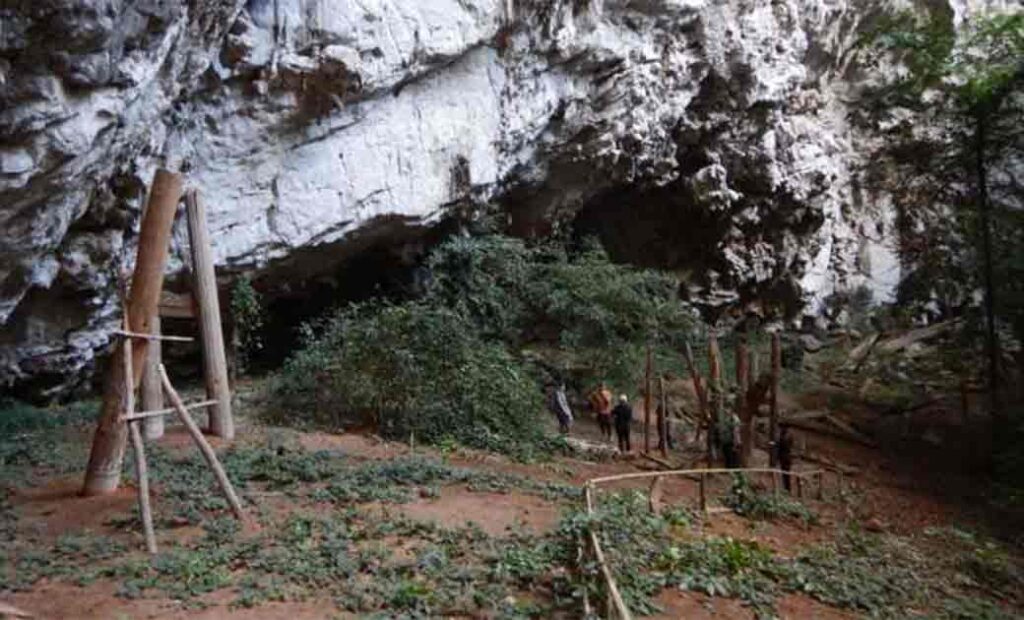
The highland Pang Mapha region, characterized by limestone karst formations and dense forests, provided the backdrop for the Log Coffin culture. Within Mae Hong Son province alone, over 40 caves house these elaborate wooden coffins, crafted from single teak trees and adorned with intricate carvings.
Exploring Prehistoric Communities
Led by Professor Rasmi Shoocongdej, the Prehistoric Population and Cultural Dynamics in Highland Pang Mapha Project has spearheaded the study of this archaeological phenomenon for over two decades. Their research delves into the social dynamics and interconnections of prehistoric communities in this region.
Insights from Ancient DNA
The analysis of ancient DNA from Log Coffin-associated individuals offers unprecedented insights into the genetic makeup of prehistoric Southeast Asian communities. Researchers have identified distinct genetic ancestries linked to the Yangtze River Valley and the Yellow River valley in China, reflecting diverse cultural influences and migration patterns.
Complex Genetic Landscape
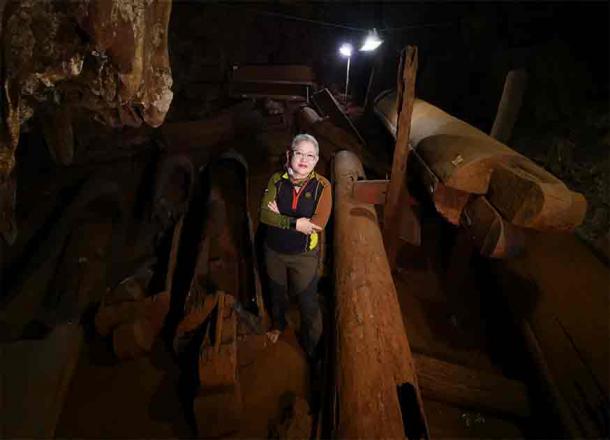
These findings contribute to our understanding of the complex genetic landscape in post-Neolithic mainland Southeast Asia. By comparing genetic data with cultural practices and archaeological evidence, researchers aim to unravel the intricate population dynamics of this region.
Community-Level Analysis
For the first time in Southeast Asian archaeology, this study employs community-level analysis techniques, revealing familial relationships and social structures within Log Coffin sites. By tracing genetic relatedness patterns, researchers discern connections between individuals buried within the same caves and across different regions.
Implications and Future Directions
The discovery of close genetic relatives buried together suggests deliberate burial practices based on familial ties. Moreover, the low level of genetic diversity and high connectivity between Log Coffin-associated groups imply a cohesive and interconnected ancient community.
Conclusion
Thailand’s Iron Age Log Coffin culture offers a fascinating glimpse into the social and genetic dynamics of prehistoric Southeast Asia. Through interdisciplinary research and the analysis of ancient DNA, scholars continue to unravel the mysteries surrounding this ancient tradition, shedding light on the rich tapestry of human history in the region.

